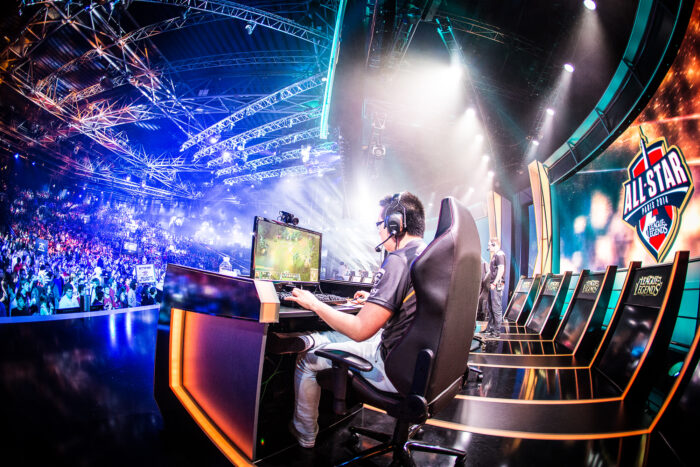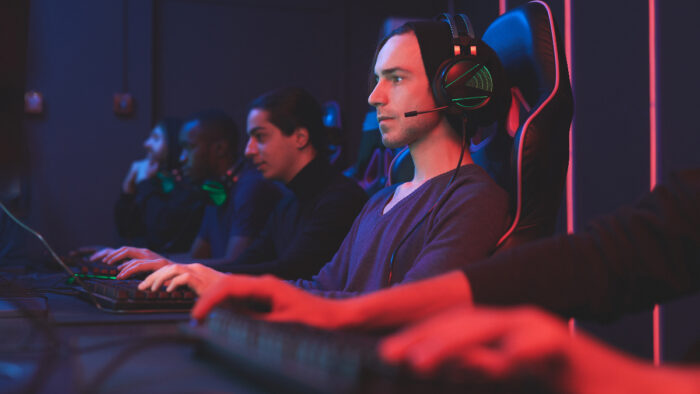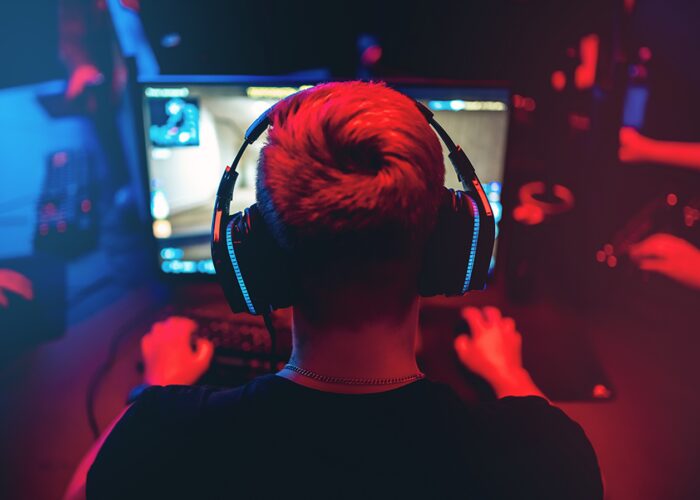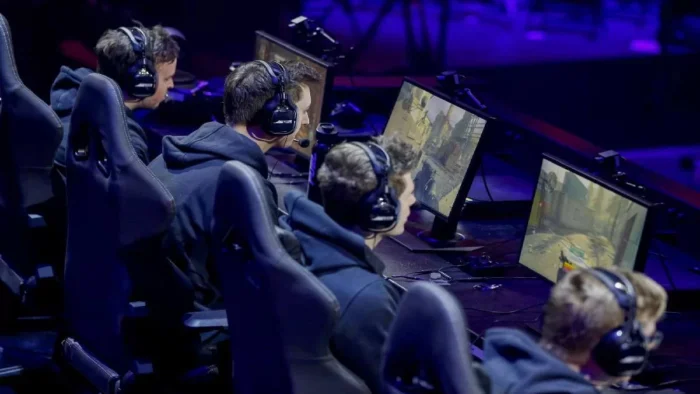Esports, or electronic sports, refers to competitive video gaming at a professional level. It is a rapidly growing industry that involves professional players, teams, and organizations competing in organized tournaments and leagues for cash prizes and other rewards.
Esports has its roots in the early days of video gaming, with tournaments being held as early as the 1970s. However, it has exploded in popularity in recent years with the rise of live-streaming platforms and the growth of online gaming. Today, esports is a multi-billion dollar industry, with professional players and teams competing in games such as “League of Legends,” “Counter-Strike: Global Offensive,” “Fortnite,” and many others.
The Birth of Tournaments & Leagues

Source: thebusinessofesports.com
Tournaments and leagues are held worldwide, with the biggest events attracting millions of viewers and filling significant sports arenas. In addition to traditional tournaments, many esports events are held online, allowing players and teams from all over the world to compete.
Esports has grown to become a legitimate profession, with professional players and teams earning salaries and sponsorships, and many universities and colleges even offering scholarships for esports. It has also gained recognition as a legitimate sport, with organizations such as the International Olympic Committee considering the inclusion of esports in future Olympic Games.
Esports is a rapidly growing and exciting industry changing how people think about competitive video gaming. With professional players, teams, and organizations competing for cash prizes and recognition, it is a legitimate and competitive field that is here to stay. We recommend keeping yourself updated on eSports news on GamingGadgets.
Popular eSports Tactics
Esports tactics are strategies and techniques that teams and players use to gain an advantage over their opponents in competitive gaming. These tactics involve various elements, including team composition, map control, positioning, and communication. In recent years, there have been several developments and innovations in the world of esports tactics as teams and players continue to push the boundaries and find new ways to gain an advantage in competition.
One tactic that has gained popularity in recent years is “dive” compositions, which involve a team focusing on fast and mobile characters that can quickly get behind enemy lines and disrupt their positioning. This tactic has been particularly effective in games like “Overwatch” and “Team Fortress 2,” where team coordination and map control are crucial to success.
Another tactic that has gained popularity is the use of “smoke” grenades, which are used to obscure the vision of opponents and allow teams to move around the map undetected. This tactic has been particularly effective in games like “Counter-Strike: Global Offensive,” where map control and positioning are critical to success.

Source: nerdynaut.com
Effective communication is crucial for success in any team-based activity, including esports. Here are some tips for developing effective communication among players:
Use voice chat
In-game voice chat is a valuable tool for communication in esports. It allows players to quickly and easily communicate strategies, coordinate actions, and provide feedback to each other in real time.
Establish clear roles and responsibilities
Players need to understand their roles and responsibilities within the team. This helps ensure that everyone knows what is expected of them and can communicate effectively with each other.
Practice communication
Communication is a skill that can be developed through practice. Teams can improve their communication by regularly playing together and working on their communication skills during practice sessions.
Use clear and Concise Language
In the heat of competition, it is essential to use clear and concise language to ensure that everyone understands each other. Players should avoid using jargon or slang that may not be understood by everyone on the team.
Use non-verbal cues
In addition to verbal communication, non-verbal cues such as hand signals and gestures can help convey information quickly and efficiently.
Developing effective communication among players is crucial for success in esports. By using voice chat, establishing clear roles and responsibilities, practicing communication, using clear and concise language, and utilizing non-verbal cues, teams can improve their communication and coordination in competition.
Using Technology in Esports Matches

Source: catenamedia.com
There are many benefits to using technology in esports matches, both for players and spectators. Here are some examples:
- Enhanced gameplay – Technology such as high-resolution displays and advanced peripherals can enhance the gameplay experience for players by providing more accurate and responsive controls. This can improve the overall quality of play and create a more immersive and engaging experience.
- Improved spectator experience – Technology can also improve the spectator experience by providing better visuals and more in-depth game analysis. For example, game spectator modes may use advanced graphics and data visualization to provide a more comprehensive view of the match.
- Enhanced training – Technology can be used to enhance training for esports players by providing tools for analyzing gameplay and identifying areas for improvement. This can include means for analyzing replays, tracking stats, and giving feedback on performance.
- Increased accessibility – Technology can also increase the accessibility of esports for players and spectators. With the rise of live streaming platforms, it is easier than ever for people to watch and participate in esports from anywhere in the world.
The use of technology in esports has many benefits for players and spectators. By enhancing gameplay, improving the spectator experience, enhancing training, and increasing accessibility, technology has played a crucial role in the growth and development of the esports industry.
Analyzing Opponents’ Strengths and Weaknesses for Improved Performance

Source: techshali.com
Analyzing opponents’ strengths and weaknesses can be a valuable tool for improving performance in esports matches. Here are some steps to help you analyze your opponents and improve your performance:
- Gather data – The first step in analyzing opponents is to gather data on their playstyle and strategies. Watch replays or live streams of their matches, read interviews or analyses of their playstyle, and track their stats and performance over time.
- Identify strengths and weaknesses – Once you have gathered data on your opponents, the next step is identifying their strengths and weaknesses. This may involve looking at specific gameplay mechanics or strategies that they excel at and areas where they may struggle or be vulnerable.
- Develop a game plan – Based on your analysis of your opponent’s strengths and weaknesses, you can develop a game plan for how to approach your match against them. Adapting your playstyle or strategies to take advantage of their weaknesses and minimize the impact of their strengths.
- Practice and execute – Once you have developed a game plan, it is essential to practice and run it effectively in your matches. Work with your team to coordinate your strategies and communication to execute your game plan effectively.
Analyzing opponents’ strengths and weaknesses can be a valuable tool for improving performance in esports matches. By gathering data, identifying strengths and weaknesses, developing a game plan, and practicing and executing effectively, you can give yourself a better chance of success against your opponents.
Overall, the world of esports tactics is constantly evolving, and it will be interesting to see what new strategies and techniques teams and players will develop in the future. So, esports tactics are vital for a team’s success, and they can make a big difference in the outcome of a match.
